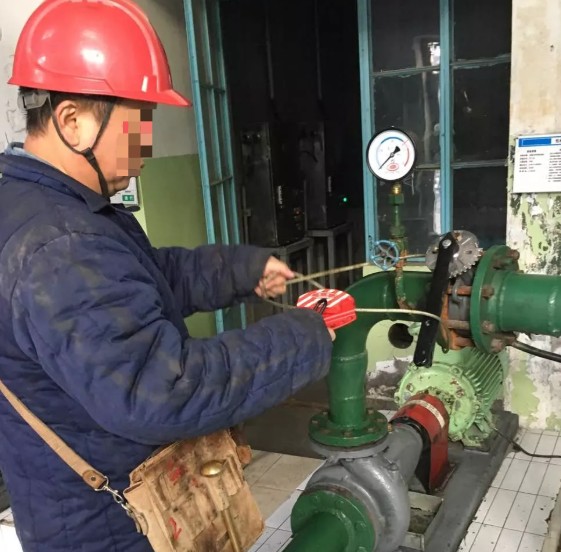Energy isolation
To avoid accidental release of hazardous energy or materials stored in equipment, facilities or system areas, all hazardous energy and material isolation facilities should be energy isolation, Lockout tagout and test isolation effect.
Energy isolation refers to the isolation of power sources, gases, liquids and other sources. It is generally divided into:
Process isolation: close the process pipeline valve and open the discharge valve, cut off the process flow and empty the pipeline remaining process medium to carry out effective isolation, the pneumatic valve is isolated by the method of closing the air source.
Mechanical isolation: one of the most thorough and safest isolation methods. This may be done by removing lines or shorting, adding blinds at openings, rotating 8 blinds, or directly adding blinds at flange disconnections. such isolation must be performed by maintenance personnel.
Electrical isolation: The safe and reliable separation of circuits or equipment components from all transmission sources.
Note: Mechanical isolation must be carried out after the completion of process isolation and electrical isolation, and the relevant operation license must be obtained before mechanical isolation. Mechanical isolation is mandatory when entering restricted space and high risk fluid exists.
Ways of isolating or controlling energy include:
1.Disconnect the power supply or discharge the capacitor
2.Isolate the pressure source or release the pressure
3.Stop turning the equipment and ensure that they do not turn again
4. release stored energy and materials
4.Lower the equipment to ensure that it does not move due to gravity
5.Prevent the equipment from moving due to the influence of external forces

Post time: Nov-20-2021






